
 |
Back in 2020, the IMO 2020 regulations, which reduced the global upper limit on the sulphur content of ships' fuel oil from 3.5% to 0.50%, posed significant challenges for the marine industry.
Beyond compliance, ship operators faced difficulties stemming from very-low-sulphur fuel oil (VLSFO) blends. Key issues included poor cold-flow properties, short shelf life, sludge formation, stability concerns, and, most critically, liner scuffing in large two-stroke engines.
Liner scuffing, a significant contributor to main engine damage, was initially thought to be unrelated to fuel quality, engine maintenance, or fuel compatibility. However, further investigations identified interactions between VLSFO blends and cylinder oils as the root cause.
Cylinder oil plays a vital role in maintaining engine health through:
With the introduction of VLSFO, oil majors and original equipment manufacturers (OEMs) recommended a shift from high base number (BN) cylinder oils (70/100 BN) to lower BN oils (40 BN). This change reduced calcium-based additives, which are crucial for neutralisation and detergency, leading to increased deposit formation and, in some cases, resulting in liner scuffing.
Addressing liner scuffing
By mid-2020, OEMs introduced Category II (CAT II) cylinder oils designed to enhance cleaning and deposit control. Alongside improved cylinder lubrication practices, close monitoring of liner wear helped mitigate scuffing issues. Some operators successfully adopted blend-on-board techniques, enabling customisation of cylinder oil properties such as neutralisation and detergency. This flexibility significantly reduced engine issues, demonstrating the importance of tailored cylinder lubrication strategies.
VLSFO also exhibited poor cold-flow properties, leading to wax precipitation and reduced stability in colder climates. These challenges emphasised the importance of proper fuel storage, handling, and management practices to maintain fuel integrity and engine reliability.
The evolving landscape of marine fuels, driven by regulatory and environmental pressures, demands better understanding and management of both traditional fossil fuels and emerging alternatives like biofuels. International standard ISO8217:2024 is seen as a major step forward in terms of setting specifications for marine fuel quality.
Biofuel alternatives
With the industry looking to decarbonise, and a view to introducing low- to zero-carbon fuels, biofuels such as methanol and various fatty acid methyl esters (FAME) blends currently account for approximately 1% of the fuel mix. The more traditional fossil fuels are continuing to satisfy the day-to-day demand in terms of fuels supplied to vessels at this time.
Among these, cashew nutshell liquid (CNSL) and FAME have been explored as drop-in fuel options alongside several other alternatives. CNSL is a renewable resource with potential as a ready drop-in fuel. Its key phenolic compounds include:
While CNSL improves lubricity and energy content, its limitations include high acidity, poor combustion properties, and corrosive tendencies.
In 2022, CNSL-blended fuels caused operational challenges, particularly in the Amsterdam-Rotterdam-Antwerp (ARA) region. Reported issues included:
These issues were primarily attributed to CNSL's high acidity leading to corrosion of fuel systems and polymerisation tendencies, which in turn led to sludge formation. With regards to combustion characteristics, CNSL exhibited late ignition and extended period of combustion leading to after burning, high exhaust temperatures, carbon deposits in the exhaust system and less power developed. Even at low concentrations, CNSL requires careful management to avoid significant impacts on engine components.
Thermal decarboxylation — converting anacardic acid into cardanol, reducing acidity and increasing stability — and distillation — separating cardanol from other components to create a product better suited for fuel blending — can be applied to enhance CNSL characteristics.
While these treatments are known to improve CNSL's usability, further research is necessary to fully understand its long-term effects on engine performance and reliability.
FAME is the most widely used biofuel in marine applications. Although relatively new to the shipping industry, its extensive use in road transportation provides valuable insights.
Meanwhile, between 2023 and 2024, the use of used cooking oil methyl ester (UCOME) increased significantly.
Many operators tested B100 blends to prepare for regulatory requirements, including the GHG Strategy, Energy Efficiency Design Index (EEDI), Carbon Intensity Indicator (CII) and Energy Efficiency Existing Ship Index (EEXI). In 2024, at Veritas Petroleum Services (VPS), we noticed an uptake of B30 blends, a rise considered consistent with MARPOL Annex VI, Regulation 18.3.2, which mandates verification of NOx impacts for blends exceeding 30%.
The impending implementation of FuelEU Maritime is expected to further boost the adoption of biofuel blends.
Operational considerations for FAME blends
There are some important operational considerations to consider for FAME blends. First, it has a tendency to absorb water, potentially leading to microbial growth. Proper storage and a first-in, first-out approach are critical to address this.
Second, at higher concentrations (B100, for example), there could be material compatibility issues. Third, FAME's solvency can dissolve deposits in fuel systems, potentially clogging filters. Lastly, due to its limited stability, FAME should be consumed promptly.
However, despite these considerations, when managed correctly, FAME blends can be used effectively alongside conventional fuels without significant operational issues.
The evolution of marine fuels, from VLSFO to alternative options like CNSL and FAME, underscores the need for comprehensive fuel and lubrication management strategies.
Addressing challenges such as liner scuffing, cold-flow properties, and compatibility is critical to maintaining engine reliability and operational efficiency. With increasing regulatory demands, the marine industry must continue to innovate and adapt to ensure a sustainable and efficient future.
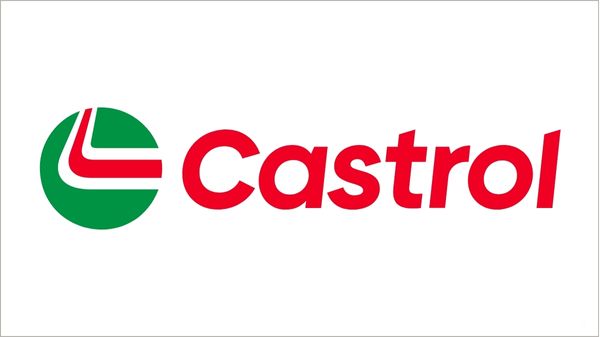
|
BP to sell 65% stake in Castrol to Stonepeak for $10bn enterprise value
Deal brings BP's divestment programme to $11bn, with proceeds earmarked for debt reduction. |
|
|
|
||

|
RINA approves design for Clippership's 24-metre autonomous wind-powered cargo vessel
Classification society to supervise construction of zero-emission ship featuring twin rigid wings for transatlantic operations. |
|
|
|
||
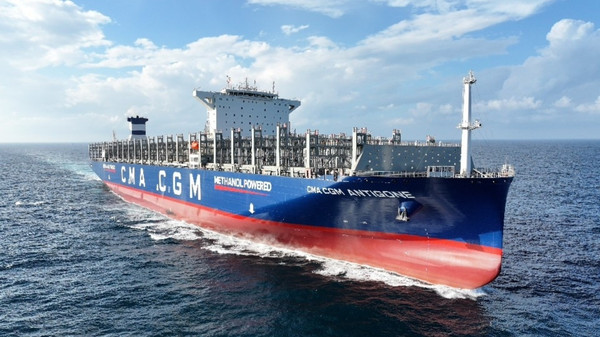
|
Bureau Veritas classes first methanol dual-fuel boxship as CMA CGM takes delivery
The 15,000-teu CMA CGM Antigone was built by CSSC Jiangnan Shipyard in China. |
|
|
|
||
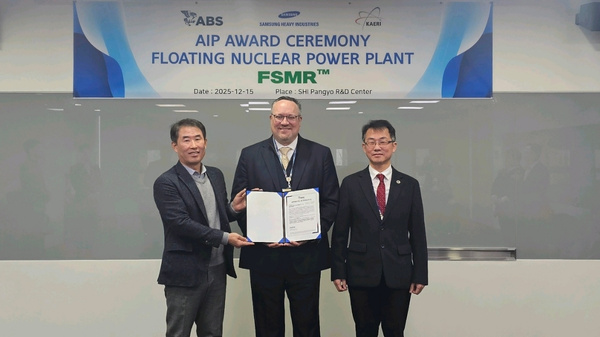
|
Samsung Heavy Industries' floating nuclear plant design wins ABS approval
Concept features twin KAERI small modular reactors and a compartmentalised layout to support offshore nuclear power generation. |
|
|
|
||
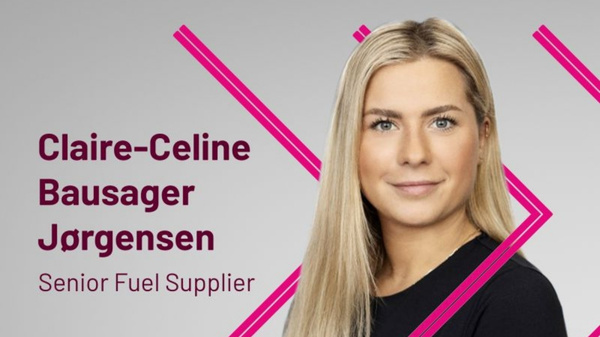
|
Dan-Bunkering Europe appoints Claire-Celine Bausager Jørgensen as senior fuel supplier
Jørgensen returns to bunker trading after several years in the company's HR department. |
|
|
|
||
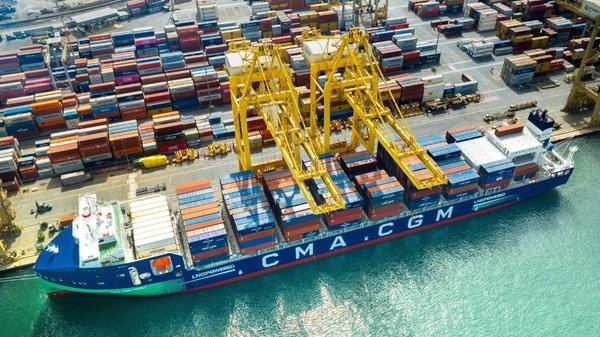
|
DHL and CMA CGM partner on 8,990-tonne biofuel purchase for ocean freight decarbonisation
Logistics and shipping firms to use UCOME biofuel, targeting 25,000-tonne CO2e reduction. |
|
|
|
||

|
Glencore to acquire majority stake in Dutch marine fuel supplier FincoEnergies
Transaction expected to complete in Q2 2026, subject to EU anti-trust approval. |
|
|
|
||
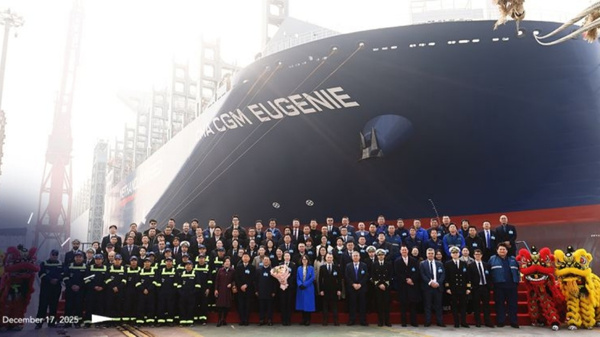
|
CMA CGM names 15,000-teu methanol-fuelled containership CMA CGM Eugenie
Vessel to operate on Phoenician Express service linking Asia, Middle East, and Mediterranean. |
|
|
|
||

|
Island Oil appoints Christian Larsen as senior trader in Denmark expansion
Marine fuel supplier establishes operations in Denmark as part of expansion strategy. |
|
|
|
||

|
HIF Global signs Uruguay agreement to advance US$5.3bn e-fuels facility in Paysandú
Memorandum sets roadmap for final investment decision on plant targeting 880,000 tonnes annual production. |
|
|
|
||
| Methanol as a marine fuel | Steve Bee, VPS [News & Insights] |
| Is your vessel fully protected from the dangers of poor-quality fuel? | Steve Bee, VPS [News & Insights] |
| ISO 8217:2024 'a major step forward' | Steve Bee, VPS [News & Insights] |
| ISO 8217 formula 'not suitable' for gauging FAME fuel energy content: VPS [News & Insights] |
| VPS performs first methanol bunker quantity survey [News & Insights] |